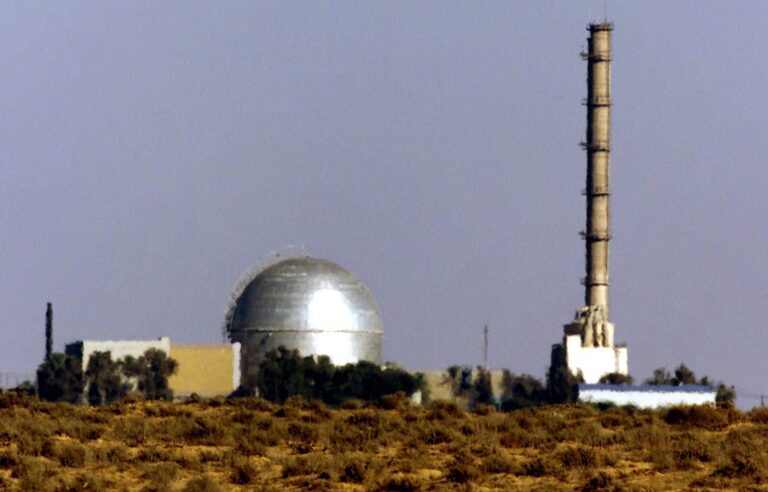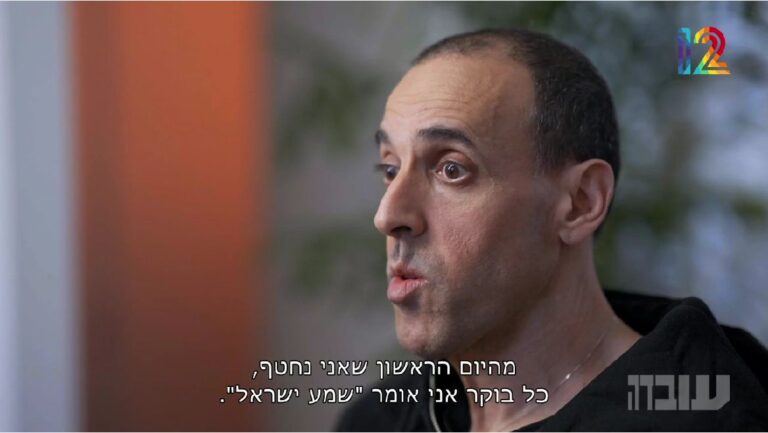The Haftorah for this week’s Sedra is a Nevuah of Yirmiyahu Hanavi. It is a Nevuah he had regarding what Nevuchadnetzar and Babylon would do to Mitzrayim. The correlation between this Haftorah and the Parsha is obvious: both discuss the downfall of Mitzrayim. The Haftorah generally read for Parshas Vaeira (this year we didn’t read it because it was Rosh Chodesh) also discusses the downfall of Mitzrayim except unlike this week’s it discusses the final downfall of Mitzrayim L’Asid Lavo.
There are many noteworthy points here and there are also lots of questions. It is interesting that Mitzrayim reappears throughout history all the way through the final redemption. In Next week’s Parsha Moshe Rabeinu tells Klal-Yisroel that they will never again see Mitzrayim in the same glory as they saw it until Krias Yam-Suf; already Moshe Rabeinu is hinting to the fact that Mitzrayim will somehow and somewhat continue to exist albeit in a different form. The next interesting point is that Yirmiyahu was a prophet who generally spoke of the impending Churban. Sometimes Yirmiyahu spoke about Acharis Hayomim, but the fall of Mitzrayim in his era seems to be unimportant to the overall theme of Sefer Yirmiyahu. Why is it that Mitzrayim keeps on reappearing throughout history and what is important about the rise and fall of Mitzrayim?
We unfortunately live in a world that is full of negative forces. Throughout history there have been various evil empires each one with a slightly different angle. Each one of these negative empires represented a different evil force – a different Yetzer Haroh. Throughout Tanach Mitzrayim doesn’t seem to be tagged with any one type of evil force. Mitzrayim worshiped livestock and they worshiped their Pharaoh. Mitzrayim seems (already in Sefer Bereishis when Avrohom and Sarah went there) to be painted as a land that was completely immoral. The only clear claim in the Pessukim against Mitzrayim, however, is that they worshiped the Nile River (See last week’s Haftorah). What is so much more significant about worshipping the Nile than worshiping livestock? Why is this deemed by the Torah as Egypt’s cardinal crime?
While there may be far less Avoda Zorah in western culture than there once was, there are still many more primitive parts of the world where various spirits are worshiped. When a culture worships various spirits it nevertheless still recognizes that there are powers that are beyond its own control. Once one recognizes that there are powers greater than one’s own one has already diminished the temptation to worship false gods over worshiping Hashem. Mitzrayim, however, didn’t focus on the spirits and the powers. The Nile represented the power of nature. Mitzrayim took life for granted and its culture therefore became hedonistic. They expected life to be good, whatever bad existed was seen as inevitable, and they therefore pursued only pleasure. In such a culture there is no room for Hashem. Perhaps this was the meaning of what Paroh meant when he told Moshe Rabeinu “who is Hashem that I should listen to what He says?”.
This Yetzer Haroh is really an all-encompassing Yetzer Haroh that includes within it all other evils and wrongs. As long as the Yetzer Haroh persists “Mitzrayim” will continue to exist. It is for that reason that “Mitzrayim” remains throughout history. It is for that reason that Mitzrayim’s ultimate downfall will come with the Ge’ula Asida B’meheira beyomeinu.
A very warm Good Shabbos, Rabbi Y. Dov Krakowski










